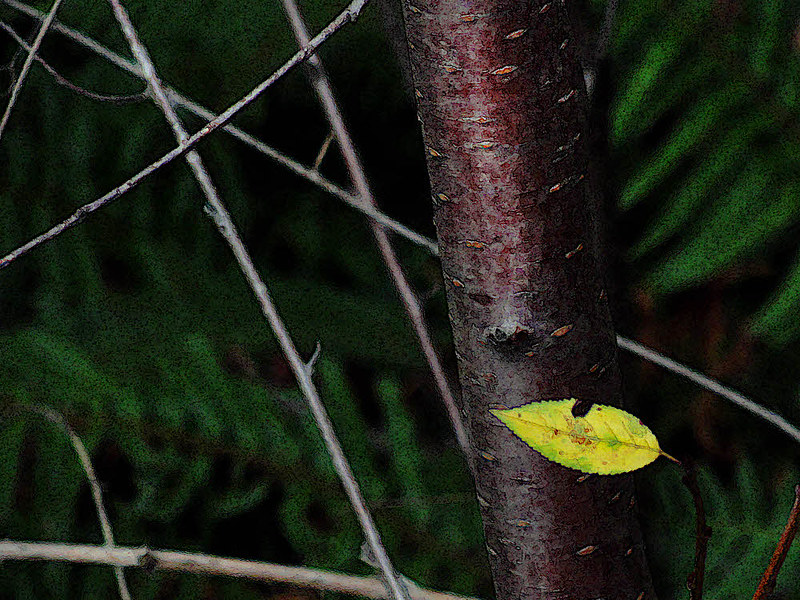
An unimaginative biologist type might define this sort of place as "broadleaf forest vegetation with 10% to 25% cover of the tree crowns", compounding the clumsiness by saying that broadleaf trees belong to the angiospermae (as opposed to the needle-leaved gymnospermae). Of course.
Yawn.
We know better.
We know that woodland is where faeries, sprites, and elves do roam, and that broadleaf woodlands especially are always hung with the intricate dew-kissed silver orbs of ingenious spiders, are resplendent with mosses in every possible shade of green imaginable, are forever eloquently silent, and that these are only a few of their many unique qualities, most of which have never been witnessed by mortals such as we.
We know that a woodland of trees with broad, flat leaves is really the only habitat suitable for elves and faeries and sprites, beings who glory in flitting soundlessly among the great boles of majestic arboreal sentinels, bows in hand (if elves) or joyously flinging sparkly magic gruffy dust with abandon (if sprites), or doing whatever it is that faeries do these days. (Maybe pondering why it's faeries and not fairies, and so on.) And probably other stuff.
Broadleaf woodlands are excellent, welcoming, quiet, relaxing, protected and cool places to route trails, if trail builders were not consistent in avoiding them in favor of bogs, fens, marshes, mountain tops, swamps, hillsides, foaming gorges, deserts, blank dusty flats, and boulder fields. Go figure then.
Maybe it's the elves and their arrows. Maybe it's sparkle allergy. Maybe they don't want to annoy the pondering faeries, or is a fear of spiders. Maybe they haven't thought it through yet. Or maybe they just want to keep these places to themselves. Have you ever thought of that? Could be the reason. Meanwhile, enjoy your usual poison ivy thickets, mud holes, gravel flats, parched, windy hillsides, and only the rare, far-off, fleeting glimpse of magical gruffy sparkles.